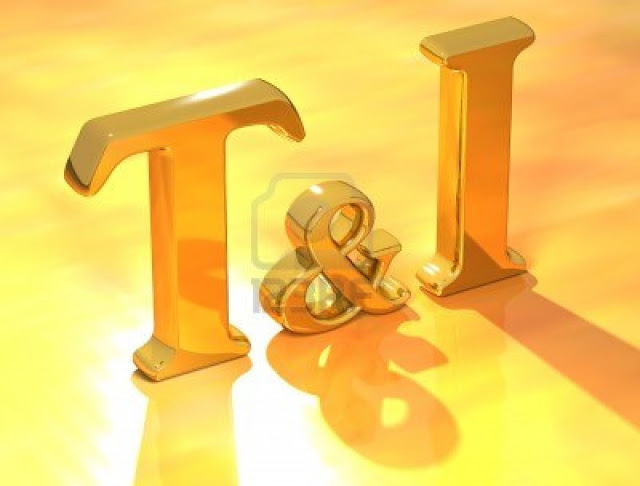
1. According to the final data of Census 2011 the total population at 0-00 hrs. of March 1, 2011 stood at—
(A) 1209-6 million
(B) 1210-2 million
(C) 1210-6 million
(D) 1211-2 million
2. In census data 2011, which of the following state holds the maxi-mum rural population in the country ?
(A) Uttar Pradesh
(B) Bihar
(C) Madhya Pradesh
(D) Andhra Pradesh
3. Which of the following state has the maximum urban population as per the final data of Census 2011 ?
(A) Gujarat (B) Maharashtra
(C) Punjab (D) Rajasthan
4. The sex ratio (females/1000 males) in India has increased in 2011 (as compared to 2001 data)—
(A) From 933 to 943
(B) From 933 to 946
(C) From 930 to 943
(D) From 930 to 946
5. In 2011 census, the sex ratio in rural and urban areas of the country stands—
(A) 946 and 932 respectively
(B) 949 and 929 respectively
(C) 939 and 929 respectively
(D) 946 and 910 respectively
6. The density of population (i.e., persons/sq km) in Census 2011 stood at—
(A) 359 (B) 368
(C) 372 (D) 382
7. The growth rate of population as per final data of Census 2011 during 2001-11 stood at—
(A) 16-3% (B) 16-9%
(C) 17-7% (D) 18-3%
8. As per final data of Census 2011, the ratio of rural and urban popu¬lation in country’s total popula¬tion stood at—
(A) 65-2% and 34-8% respecti-vely
(B) 68-8% and 31-2% respecti-vely
(C) 72-2% and 27-8% respecti-vely
(D) 75-2% and 24-8% respecti-vely
9. As per 2011 census data, the literacy rate in India stood at—
(A) 66-4% (B) 68-9%
(C) 73-0% (D) 74-2%
10. As per 2011 census (final data) the literacy rates in rural and urban areas of the country stand at—
(A) 70-3% and 82-1% respecti-vely
(B) 67-8% and 84-1% respecti-vely
(C) 65-3% and 82-6% respecti-vely
(D) 69-2% and 78-9% respecti-vely
11. The growth rate of country’s population during 2001-11 stood at 17-7%. In rural and urban areas of the country it stood at—
(A) 31-8% and 12-3% respecti-vely
(B) 12-3% and 31-8% respecti-vely
(C) 16-4% and 28-6% respecti¬vely
(D) 14-6% and 12-3% respecti¬vely
12. In census 2011 final data the male/literacy in the country has been worked out to be—
(A) 80-9% (B) 76-2%
(C) 72-8% (D) 71-3%
13. Female literacy in the country, as per final census data 2011, stands at—
(A) 70-3% (B) 68-2%
(C) 64-6% (D) 62-3%
14. Effective literacy rate in the Census 2011 has been calculated, taking literate persons aged—
(A) 5 years and above
(B) 6 years and above
(C) 7 years and above
(D) 8 years and above
15. The Effective rzstfie Literacy rate in India in Census 2011 worked out to 80-9%. In rural and urban areas, this rate stood at—
(A) 68-9% and 72-3% respecti-vely
(B) 77-2% and 88-8% respecti-vely
(C) 80-0% and 86-3% respecti-vely
(D) 69-3% and 82-4% respecti- vely
16. In terms of proportion, the scheduled caste population, as per. Census 2011, in the total population in the country is—
(A) 15-2% (B) 16-6%
(C) 17-8% (D) 18-3%
17. In Census 2011 data, the pro-portion of scheduled tribes population in country’s total population stands at—
(A) 7-5% (B) 8-1%
(C) 8-6% (D) 9-3%
18. The Work Participation Rate (WPR) for the country in Census 2011 has been worked out at—
(A) 39-8% IB) 42-3%
(C) 43-6% (D) 45-2%
19. The Work Participation Rate (WPR) for male in Census 2011 data has been estimated at—
(A) 46-6% (B) 49-2%
(C) 53-3% (D) 58-3%
20. The Work Participation Rate (WPR) for female in Census 2001 data was 25-6% which in Census 2011 became—
(A) 25-5% (B) 26-2%
(C) 28-3% (D) 33-2%
imposed by its member states mean that reforms will not happen quickly or easily, although its INES ’emer¬gency scale is very likely to be revisited’ given the confusing way in which it was used in Japan. Some scientists say that the 2011 Japanese nuclear accidents have revealed that the nuclear industry lacks sufficient oversight, leading to renewed calls to redefine the mandate of the IAEA so that it can better police nuclear power plants worldwide. There are several problems with the IAEA says Najmedin Meshkati of University of Southern California : It recommends safety standards, but member states are not required to comply; it promotes nuclear energy, but it also monitors nuclear use; it is the sole global organisation overseeing the nuclear energy industry, yet it is also weighed down by checking com¬pliance with the Nuclear Non- Proliferation Treaty (NPT).
P.Darpan
Continued from Page 294
21. In Census 2011, which of the following registered the mini¬mum density (i.e., persons/sq km)?
(A) Sikkim
(B) Arunachal Pradesh
(C) Nagaland
(D) Kerala
22. Which of the following state constitutes the maximum pro¬portion of rural population in the Census 2011 data ?
(A) Himachal Pradesh
(B) Bihar
(C) Chhattisgarh
(D) Uttar Pradesh
23. As per 2011 Census data, which state in the country registers the lowest literacy rate ?
(A) Uttar Pradesh
(B) Bihar
(C) Chhattisgarh
(D) Madhya Pradesh
24. As per Census 2011, the total population of India at 0-00 hrs of March 1, 2011 was 1210-6 million in which rural popula¬tion percentage stood at—
(A) 65-23% (B) 69-73%
(C) 68-85% (D) 72-03%
25. As per Census 2011, Kerala hold^ the maximum sex-ratio among ‘ states which stands at—
(A) 1046 (B) 1084
(C) 1092 (D) 1103
Answers
1. (C) 2. (A) 3. (B) 4. (A) 5. (B)
6. (D) 7. (C) 8. (B) 9. (C) 10. (B)
11. (B) 12. (A) 13. (C) 14. (C) 15. (B)
16. (B) 17. (C) 18. (A) 19. (C) 20. (A)
21. (B) 22. (A) 23. (B) 24. (C) 25. (B)

